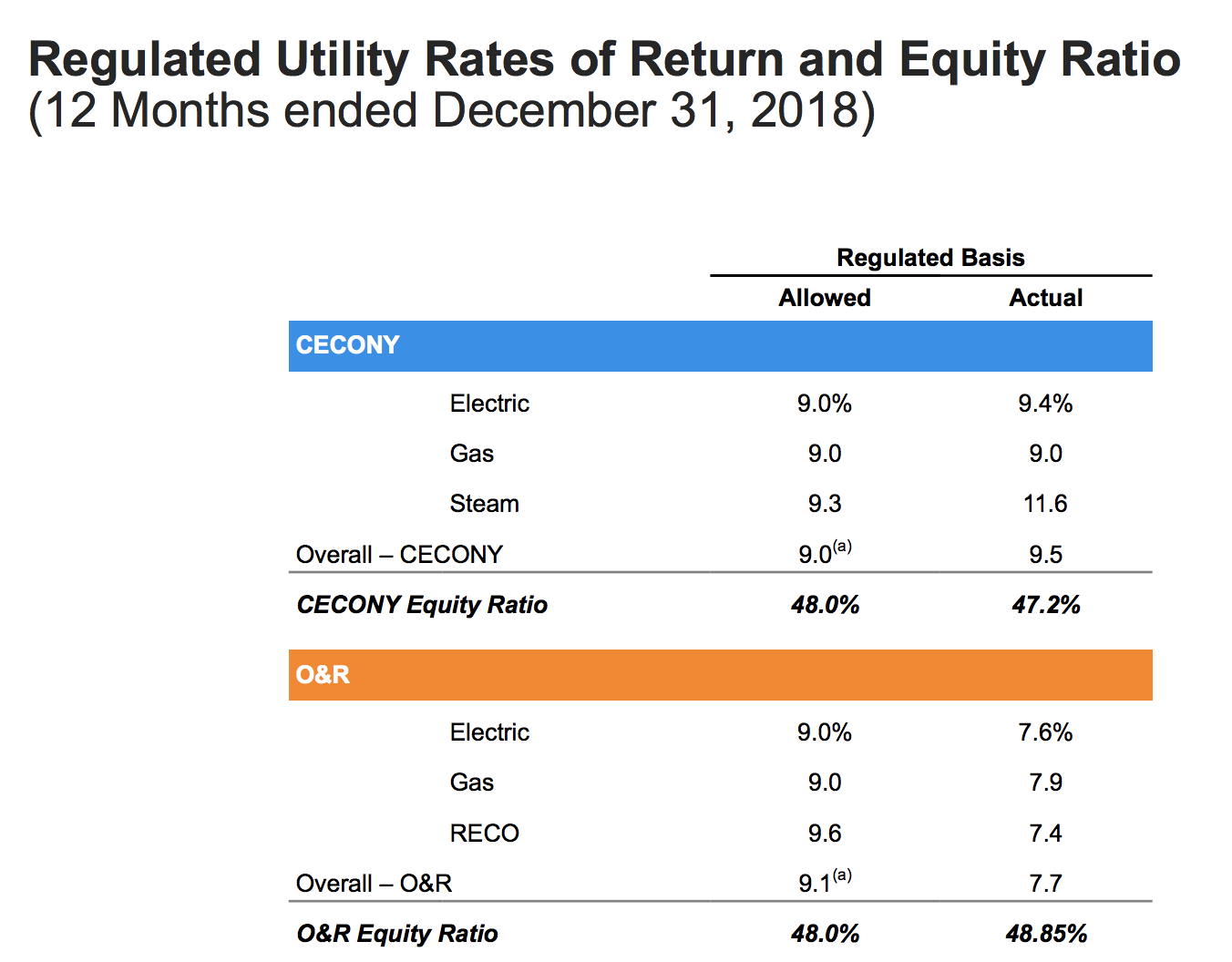


The Plan contained the following provision concerning the AEC: "The AEC will make arrangements to curtail production this summer at the AEC gaseous diffusion plants, which use large amounts of electricity. The AEC participated in the development of this procedure, and on *642 May 5, 1970, the OEP released to the public the government's emergency power assistance program, referred to hereinafter as the "May 5 Plan". It became apparent as early as April 1970 that a key component of the plan would be a procedure whereby the AEC would reduce its massive power consumption at its gaseous diffusion uranium enrichment plants. Upon the conclusion that this was a problem deserving of national attention, the Executive Office of the President established an inter-agency task force, under the auspices of the Office of Emergency Preparedness ("OEP"), to consider means by which the various federal agencies could assist in identifying potential power crises and taking action to prevent power failures or "brownouts". In the spring of 1970, certain officers of the federal government became concerned that unless adequate contingency plans were developed, the private power industry might be unable to provide sufficient electrical power to meet the nation's energy needs in the upcoming summer. The following shall constitute the Court's findings of fact and conclusions of law pursuant to Rule 52(a) Fed.R.Civ.P. Having heard all the evidence, and having fully considered the matter, the Court concludes that judgment should be entered for the plaintiff on each of its claims asserted in Counts Three and Four. The matter was tried before the Court without a jury for ten days in April and May, 1977. Count Four also asserted an alternative claim, contract implied in fact this was dismissed by summary judgment on August 2, 1976. Count Three alleges contract by estoppel, and Count Four seeks recovery in quasi-contract. Count Two was abandoned by the plaintiff and dismissed by summary judgment prior to trial. Count One sought to recover on an oral contract that claim was dismissed at the close of plaintiff's case on the ground that the agreement was barred by the Statute of Frauds. Plaintiff's complaint asserts four causes of action. The power was released to Con Edison by the AEC in the midst of a New York City area power crisis resulting from the Jfailure of Con Edison's Ravenswood electrical generating facility, commonly known as "Big Allis". ("Con Edison") entered into an oral agreement with the plaintiff to reimburse the Atomic Energy Commission ("AEC") for costs incurred in the summer of 1970 by reason of a release of 200 megawatts of electrical power. Plaintiff alleges that the defendant, Consolidated Edison Company of New York, Inc. This is an action commenced by the United States as plaintiff pursuant to 28 U.S.C. Geisler, Jr., Shearman & Sterling, New York City, for defendant. CONSOLIDATED EDISON COMPANY OF NEW YORK, INC., Defendant.


 0 kommentar(er)
0 kommentar(er)
